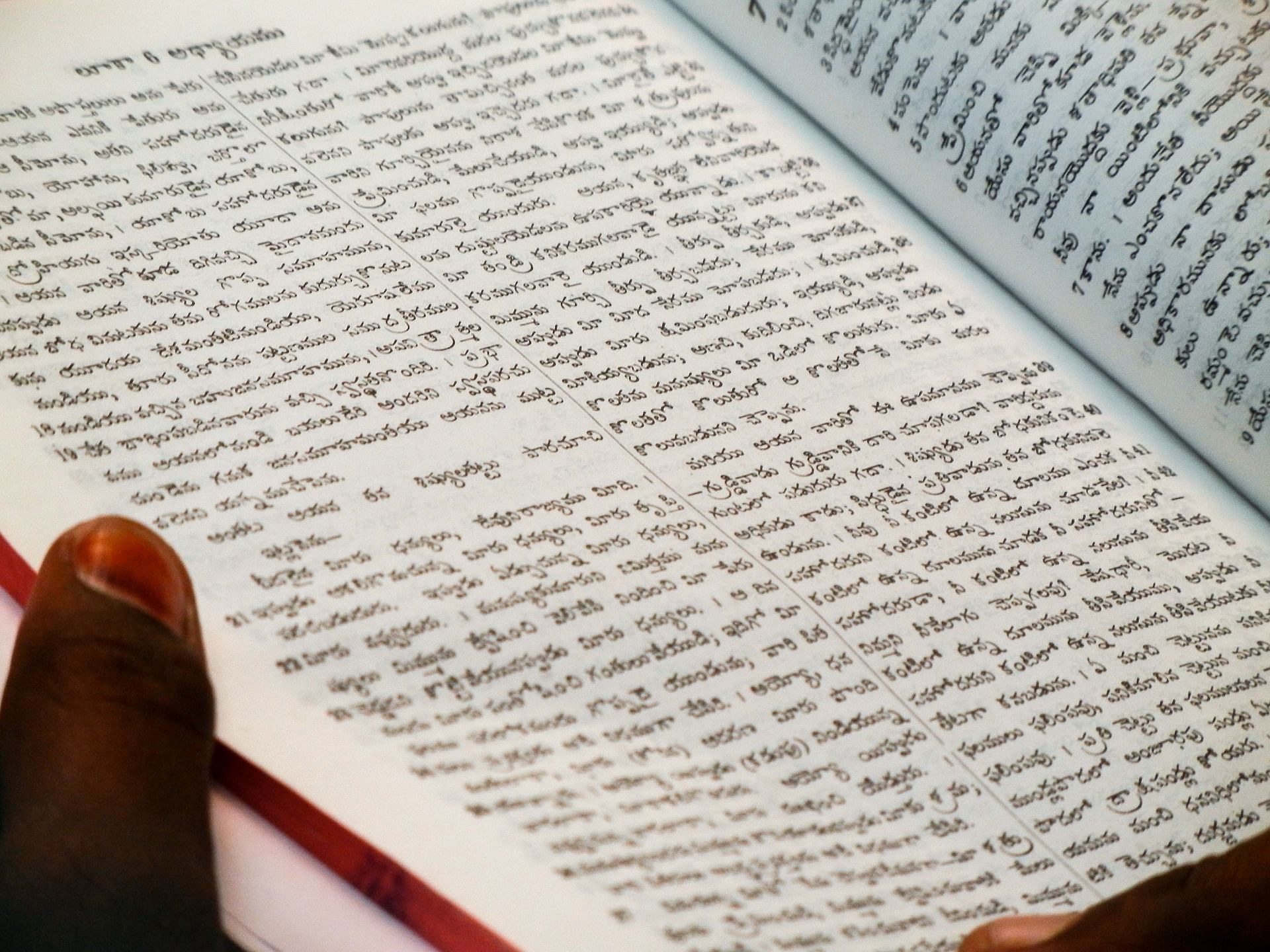
Recently, spontaneous protests erupted over the appointment of a Muslim scholar in the faculty of literature of Sanskrit Vidya Dharm Vigyan (SVDV) at the Banaras Hindu University. It was contended that he would not have the required practical knowledge of Hindu traditions imparted in this department, though his mastery over the language and its literature was acknowledged. This led to his shift to arts faculty of the same Sanskrit department. In the current surcharged political atmosphere when every issue is seen as secularism versus communalism, there were heated debates over merit and qualification versus religion of the candidates. The right to equality was seen to be under threat.
Religion-language linkage, notional as well as real, is not a rare feature. The two seem to be inseparable in the case of Hinduism (by which term Sanatan Dharma is known) and Sanskrit. They are inter-dependent for their healthy survival and popularity. Sanskrit is still considered a holy and the main liturgical language and the vehicle of sacred works like the Vedas, Gita, Puranas, Upanishads, and several sacred texts for Hindus.
All religions have a language associated with them. Learning that language plays a part in the practice of that religion though God is believed to be omniscient. “Silence is the language of Gods; all else is poor translation,” says a Sufi mystic, but Hindus have tremendous faith in oral worship. Sanskrit has been the traditional medium for the purpose. It is the language used for performing most rituals and religious practices that play a significant part in the life of Hindus.
Akin to Sanskrit is Hebrew for Judaism and classical Arabic for Islam. Hundreds of tribes practise their own religions in their own tribal languages. The Old Testament was originally written mostly in Hebrew. Such languages are revered as holy languages due to this association. But, they became unintelligible to the laity who spoke the languages of the masses. Contrary to our expectations, it tightened the grip of the holy language in its original form over its associated religion. Understanding a religion involves learning its associated language in most cases.
Once a language gets an exalted place in religion and revered as a holy language, certain sacred qualities are ascribed to it. Sanskrit is believed to be the language of Devas. Some of these sacred languages are now dead, some continue for limited purpose in archaic form and Sanskrit is continuing strong with efforts to promote the language and its adaptability to contemporary use. But, it is also associated with Brahmanism and caste system. Sanskrit faces political opposition, particularly in Tamil Nadu.
Several reform movements starting with religion aim at changing or loosening its association with a specific language. Conversely, reform in a holy language leads to loss of its religious association. Martin Luther produced the first full translation of the original Hebrew and Latin Bible in German which became the text for translation into many other European languages. Translations of the Bible and publication of tracts in several languages contributed to the loosening of religion-language link and have helped the spread of Christianity in all continents. Church services are conducted in local vernacular languages with ease thus bridging the gap between the devotees and the priests.
Reform movements within Hinduism include a programme of displacing Sanskrit with the more popular languages. Starting with Buddhism that introduced Pali into its religion to Sikhism. The domination of Sanskrit as the sole religious tongue among Hindus began to decline. Basava elevated Kannada as a literary language for writing “vachanaas”, and Saiva Siddhanta chose Tamil as the language to worship Lord Siva. The bhakti movement that emerged in the eighth century spread over entire India creating vast Hindu devotional literature in various Indian languages.
The Dravidian movement nurses a grievance against Sanskrit for its religious association and thereby to the caste system and Brahmanical practices. In the temples under the control of the government in Tamil Nadu, Sanskrit mantras are chanted in Tamil.
(The writer is the former director of Publications, Indian Council of Social Science Research, New Delhi)